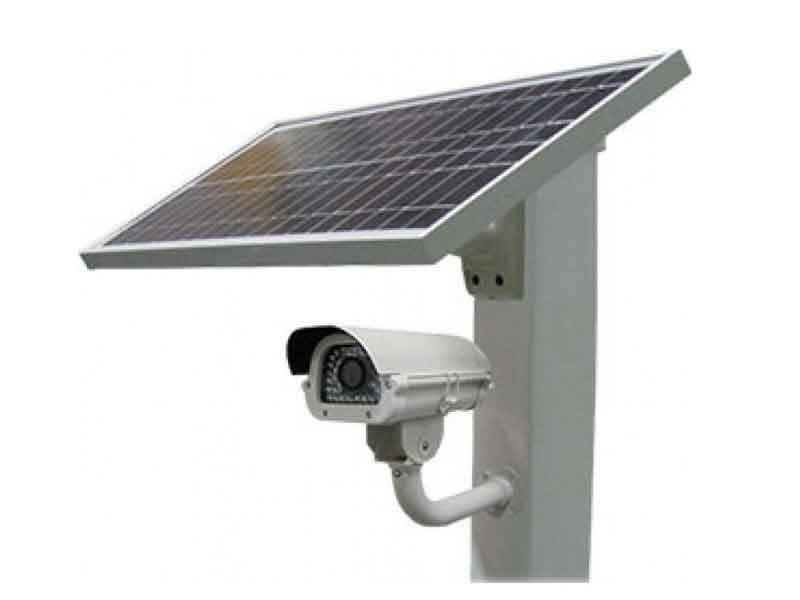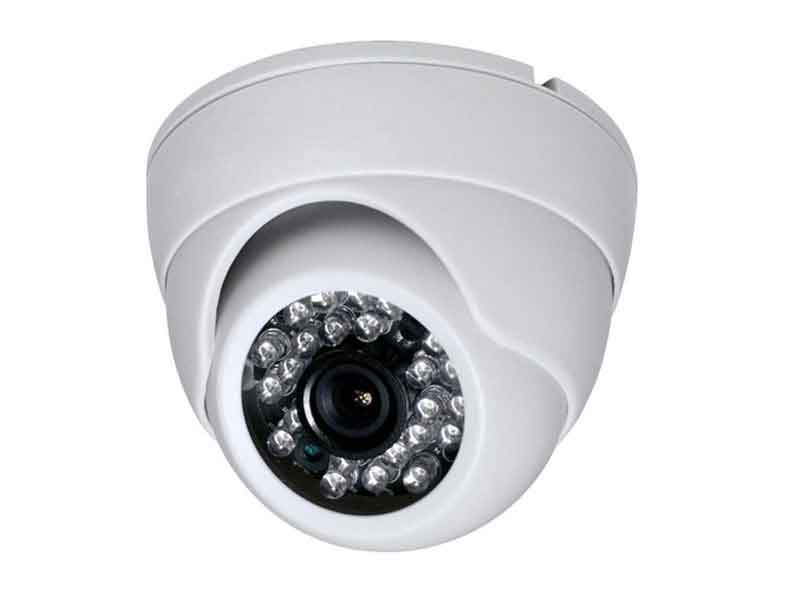100% Solar Powered, 100% wireless surveillance
CCTV Equipment's
CCTV is a visual surveillance technology designed for monitoring a variety of environments and activities all at the same time. CCTV systems typically involve a dedicated communications link between cameras in the field and monitors at one or more control centers. Systems can be made up of technically mature analog cameras and image storage devices, or newly developed digital cameras and image storage devices, or a mix of the two technologies.
CCTV systems may provide real-time, time-lapse, event, or digitally recorded surveillance information to help in detecting, responding to, investigating and providing evidence for security, safety and related incidents. A CCTV system may also be used to prevent security breaches by allowing security personnel to monitor access control systems at entry points to secure areas.
View free video is accomplished through recording “events” versus continuous recording of empty areas. Event recording is accomplished through various forms of ‘alarm interfacing’. I.e.; A magnetic switch may be added to a door to trigger the camera’s assigned recording device to record the image from the camera in the ‘event’ that the door is opened. This saves video storage room (tape, disc, or hard-drive) as well as precious time reviewing video information.
Hands free video systems are also accomplished through the use of various types of electronic, programmable triggers. I.e.; the door opened, the video recorder started recording automatically and continued until the door closed. This action frees the guard from being needed to control the function of the system versus responding to the situation.
Many systems today have the ability to be ‘pre-positioned programmed’. This gives the designer or operator the ability to set up multiple view points in advance of need. In this way, cameras on pan/tilt systems (either mechanical or digital) can be programmed to automatically move from point to point in a pre-determined route. Additionally, alarm points (such as the door in the previous paragraph) can be added to automatically move the camera’s view to the alarmed position when needed. Once again the operator is freed up to respond to versus operate the system..
- Proposed CCTV system shall be an open standard based integrated system with IP network centric functional and management architecture aimed at providing high-speed manual/automatic operation for best performance.
- System shall use video signals from various types of indoor/outdoor CCD colour cameras installed at different locations, process them for viewing on workstations/monitors at Central Control Room/local control rooms and simultaneously record all the cameras after compression using MPEG 4 or better standard. Joystick or Mouse-Keyboard controllers shall be used for Pan, Tilt, Zoom, and other functions of desired cameras.
- System shall have combination of Digital CCD Colour video Cameras with individual IP address, analog CCD Colour Video Cameras with Fixed or P/T/Z Lens, encoders / decoders, Network Video recorders (NVR/CAMERA SERVER), Network attached storage (NAS) / Raid backup device for recording, Application software, Colour Video Monitors, Keyboards with Joystick controllers / Mouse-Keyboard, software based Video Matrix Switcher, workstation for System Administration / Management / Maintenance etc.
- The NVR / CAMERA SERVER can be embedded type or server based. However the NVR / CAMERA SERVER software shall run on common off the shelf available servers (Camera server & Database server). Each NVR / Camera Server shall be able to handle 36 or more cameras
- Network Video Recorder shall offer both video stream management and video stream storage management. Recording frame rate & resolution in respect of individual channel shall be programmable
- System should ensure that once recorded, the video can not be altered, ensuring the audit trail is intact for evidential purposes
- System shall provide sufficient storage of all the camera recordings for a period of 30 days or more @ 25 FPS, at 4 CIF or better quality using necessary compression techniques for all cameras (extended capacity of cameras i.e. present capacity + 25 %).
- System shall use a combination of IP enabled cameras & analog CCD cameras with external encoder. The video shall be compressed using MPEG-4 or better standard and streamed over the IP network
- . Encoders shall digitize analog video, compress the digital video using various compression algorithms (MPEG - 4 or better standard), and transmit the compressed digital video over packet-based IP network. Encoders shall have less than 200 ms of latency and shall support dual stream – MPEG 4
- The Area under surveillance shall be monitored and controlled from Central/Local Control Room(s) through workstations and Joystick controllers
- Surveillance CCTV System shall operate on 230 V, 50 Hz single-phase power supply. Power for all the equipment will be conditioned using on-line UPS with minimum 30 minutes or more back up. If any equipment operates on any voltage other than the supply voltage and supply frequency, necessary conversion/correction device for supply shall be supplied along with the equipment
- All the control equipments e.g. servers, NVR/CAMERA SERVER, NAS/Raid backup device, decoders etc. shall be provided in standard Racks.
- All the indoor cameras & control equipment shall be suitable for operation from 100 C to 400 C and relative humidity up to 80 % non-condensing. Cameras & other equipment, meant for outdoor installations, shall be suitable to work from (-) 10o C to (+) 50o C with RH up to 90% non-condensing. This temperature range may be achieved with or without heater










Submit Your Review